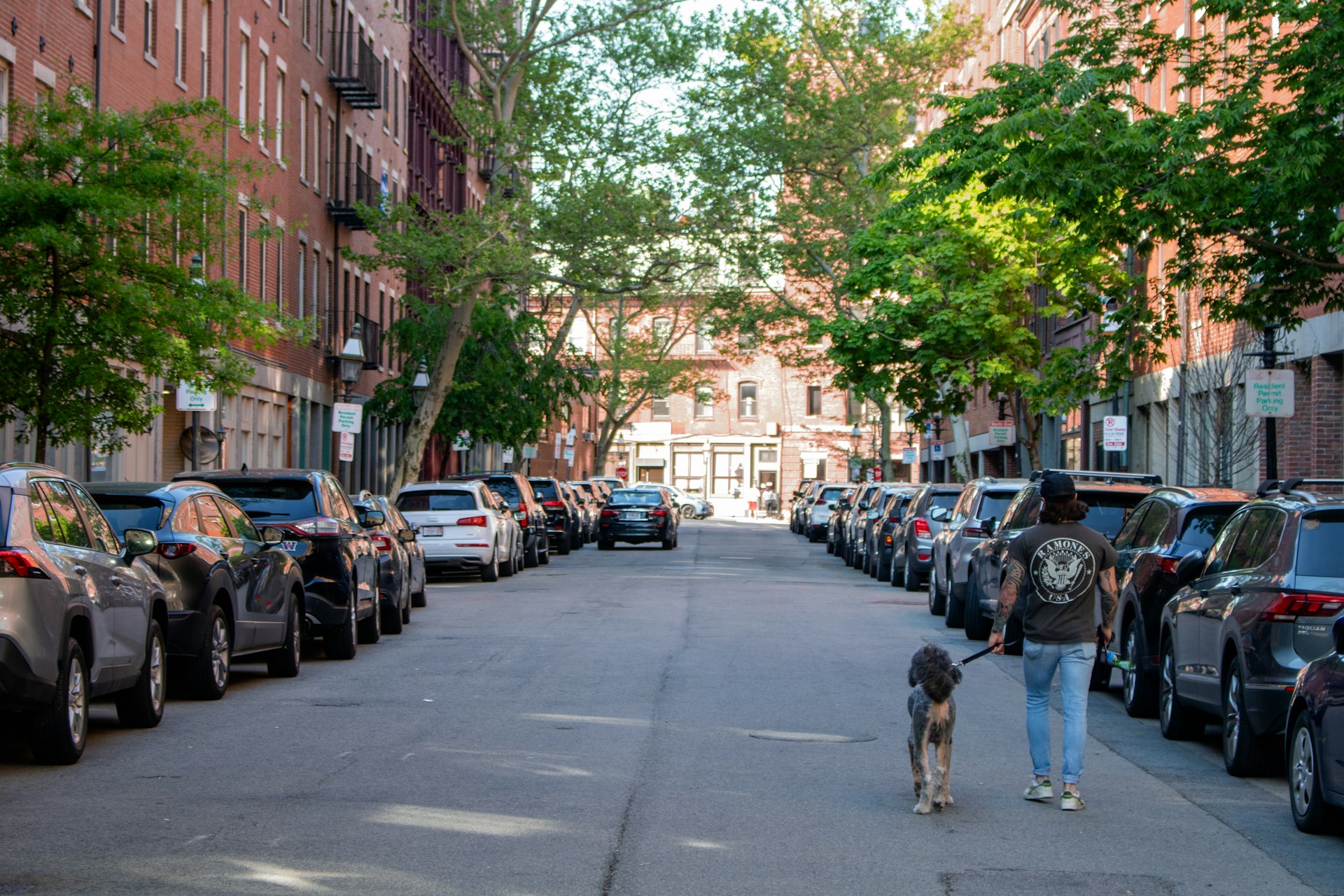Emerging Trends and Opportunities in Affordable Senior Housing Developments

Photo by Alex Skobe on Unsplash
Introduction: The Urgent Need for Affordable Senior Housing
America’s aging population is growing rapidly, with older adults projected to outnumber children for the first time in history within the next decade [5] . As more seniors seek safe, accessible, and affordable housing, the sector faces significant challenges and opportunities. Rising demand, supply shortages, and shifting preferences are driving a transformation in how affordable senior housing is designed, financed, and delivered [2] . This article explores the latest trends, actionable pathways for accessing housing, and practical guidance for seniors, families, and industry stakeholders.
1. Demographic Shifts and Soaring Demand
The United States is experiencing a historic increase in its senior population. The demand for senior housing is at an all-time high, with annual absorption rates exceeding 35,000 units per year over the past three years-almost double pre-pandemic levels [3] . This surge is driven by aging baby boomers, longer life expectancies, and a growing number of “solo agers”-older adults living alone without close family support [1] . As a result, competition for affordable, accessible housing options has intensified, especially among those with fixed or limited incomes.
Many communities are struggling to keep pace with this demand. While some regions offer a range of options from affordable to luxury housing, others face pronounced shortages, especially at the lower end of the market [2] . This imbalance is expected to increase unless new developments and policy interventions are prioritized.
2. Middle-Market and Flexible Housing Models
Affordability remains the number one concern for most seniors seeking housing [2] . Recognizing that many baby boomers and Gen Xers have insufficient retirement savings-over 40% of 55-64 year olds have none at all-developers are introducing more middle-market products [1] . These include:
- Market-rate housing with lower costs and fewer entry fees
- Co-housing and “Cozy Homes” concepts that reduce expenses through shared resources
- A la carte service models allowing residents to pay only for the support they need
Such options are especially attractive to seniors seeking autonomy, choice, and flexibility. For example, some communities now offer shared kitchens, communal areas, and optional care packages, making quality living more accessible without the high price tag of traditional retirement communities.
3. Innovation in Design and Accessibility
Most existing homes are not designed with seniors in mind: only 10% of U.S. housing units are accessible for older adults [5] . Developers are responding with innovative solutions such as:

Photo by Danist Soh on Unsplash
- Building smaller, accessible units-such as apartments with no-step entries, wider doorways, and accessible bathrooms
- Supporting accessory dwelling units (ADUs) and multigenerational housing through zoning reforms
- Creating intergenerational communities that appeal to both seniors and younger residents
Policymakers at the federal, state, and local levels are urged to change regulations and increase lending for senior housing projects. Seniors and families can look for communities that highlight universal design or inquire with local planning offices about accessible housing initiatives and ADU programs.
4. Policy Interventions and Funding Pathways
Expanding the supply of affordable senior housing requires policy support and creative financing. Potential pathways include:
- Advocating for zoning changes that permit higher-density or multigenerational housing
- Applying for federal support through programs overseen by the U.S. Department of Housing and Urban Development (HUD), such as Section 202 Supportive Housing for the Elderly
- Exploring local and state incentives for affordable housing development
For those seeking affordable senior housing, it’s advisable to:
- Contact your local public housing agency and ask about waitlists or application processes for senior housing programs
- Consult your regional Area Agency on Aging for advice and referrals
- Search online using terms like “affordable senior housing” and your city or state to find local non-profit or government-supported options
Be prepared for waiting lists and gather necessary documentation in advance (proof of income, age, disability status if applicable). While some programs may offer online applications, others require in-person or mailed submissions. Always verify application instructions through official agency communications or by calling their published phone numbers.
5. Community-Based Support and Resident-Driven Models
Many older adults prefer to remain in their own homes as long as possible. Community-based models now prioritize wellness-focused, resident-driven care [2] . Non-profit organizations and senior service agencies can help by:
- Providing home modification grants or support for accessibility upgrades
- Connecting seniors with in-home services such as meal delivery, transportation, and health monitoring
- Offering case management to help navigate housing transitions
For example, Lifespan, a non-profit serving older adults, assists callers with housing searches, cost breakdowns, and supportive services to help seniors stay safe and comfortable at home [2] . To access similar support, look up non-profit senior service organizations in your area, or call your local Area Agency on Aging for referrals.
6. Technology and Workforce Challenges
Senior housing providers are investing in technology to enhance resident safety, engagement, and care coordination. Examples include remote health monitoring, smart home features, and digital communication tools. However, workforce shortages remain a major challenge-55% of industry survey respondents cite staffing as their top concern [4] .
Communities are responding by:
- Streamlining routine tasks with automation, freeing staff for direct care
- Offering competitive wages and benefits to attract and retain caregivers
- Partnering with training programs to build a pipeline of qualified workers
For seniors and families, it’s essential to inquire about staff-to-resident ratios, staff training, and the use of technology to support well-being when evaluating housing options.
7. Market Outlook: Growth, Optimism, and Persistent Barriers
The affordable senior housing sector is entering a period of cautious optimism. With 87% of industry respondents expressing positive outlooks for the year ahead, new construction and expansion are expected to accelerate [4] . However, ongoing barriers-including high development costs, regulatory delays, and insufficient funding-mean that progress may be uneven across regions.
For those seeking affordable senior housing, persistence is key. Consider these steps:
- Document your housing needs and preferences (location, accessibility, level of care)
- Create a checklist of features and services that matter most to you
- Research multiple options, including non-profit, public, and private providers
- Consult with local senior advocacy groups for the latest openings and resources
- Be prepared to revisit your search as new developments come online and policies evolve
Conclusion: Taking Action and Finding Support
The landscape of affordable senior housing is changing rapidly, with new models and policies offering hope for greater access and quality. Seniors and families can maximize their options by proactively researching opportunities, leveraging community-based resources, and staying informed about policy changes. For the latest information, always consult official agencies, reputable non-profits, and your local Area Agency on Aging. With careful planning and persistence, it’s possible to secure safe, comfortable, and affordable housing in today’s dynamic market.
References
- [1] McKnight’s Senior Living (2025). Seven trends in senior living that will define 2025 and beyond.
- [2] Rochester Business Journal (2025). Senior living trends highlight housing, tech, workforce.
- [3] NIC MAP (2025). 4 Senior Housing Trends to Know for 2025.
- [4] Lument (2025). 2025 Senior Living Outlook Report: Industry Eyes Growth Despite Challenges.
- [5] Urban Institute (2025). America’s Housing Market Is Failing Older Adults.
MORE FROM moneysaversearch.com













